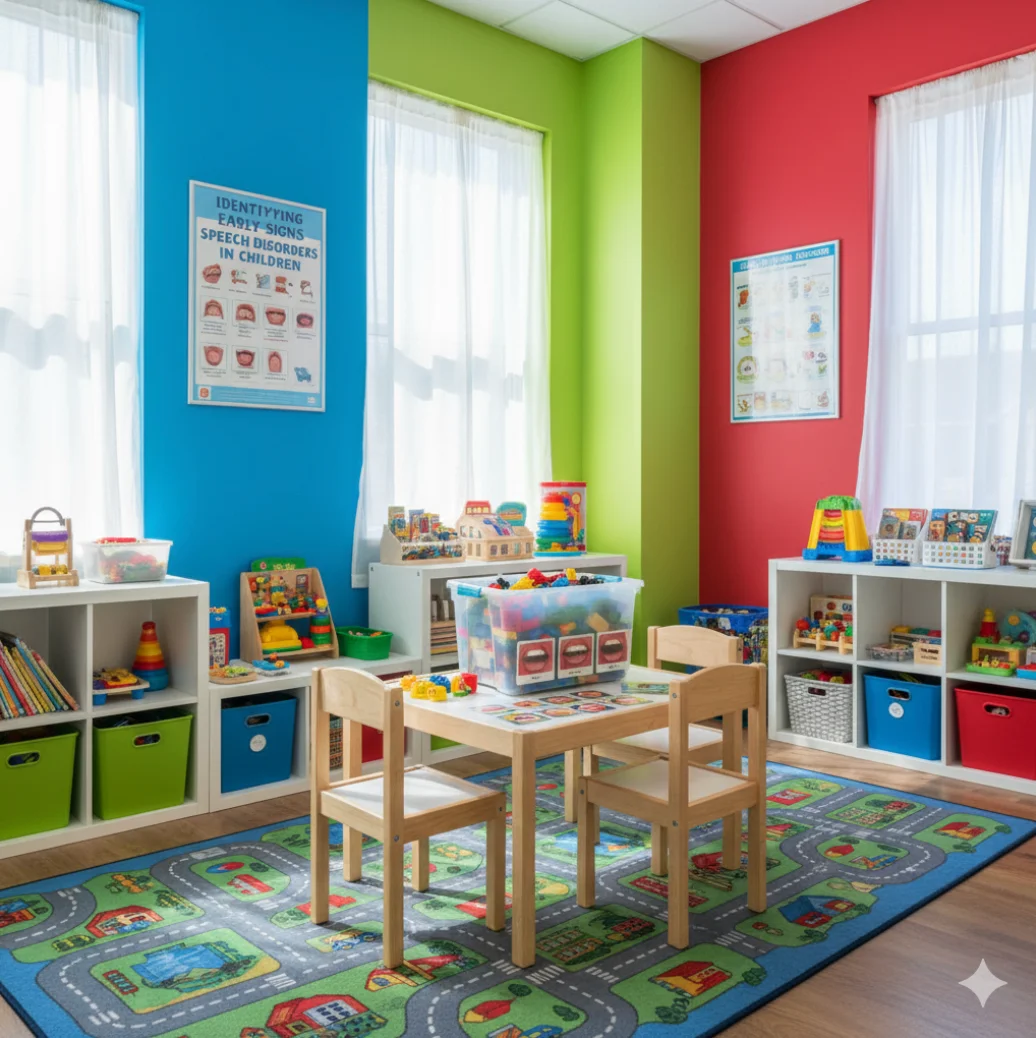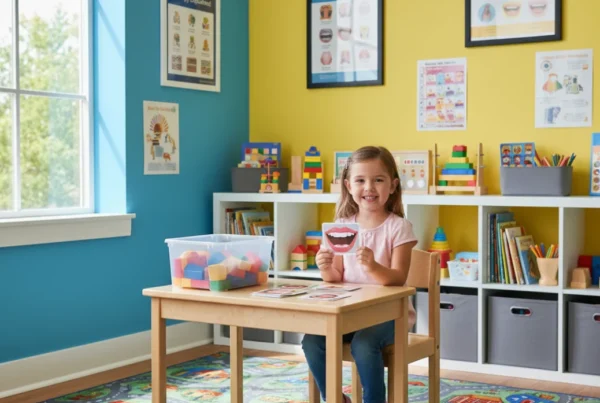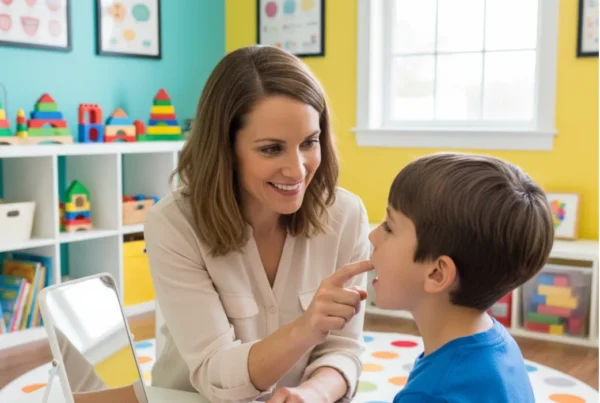Recognizing the early signs of speech disorders in children can make a significant difference in their communication and overall development. Early detection allows for timely intervention, helping children build stronger language skills, better social confidence, and long-term learning success. Understanding what to look for gives parents the tools to take action early.
Jill Dews, M.A., CCC-SLP, founder of Let’s Talk Speech and Language Therapy in Mission Viejo, California, has spent over twenty years helping children strengthen their speech and language abilities. With a master’s degree in Communicative Disorders from California State University, Long Beach, Jill brings compassion and expertise to every evaluation. Her evidence-based approach ensures that families receive customized care for each child’s unique communication needs.
Why Early Detection Matters
Speech and language development begins long before children say their first words. During early childhood, they learn through listening, imitation, and interaction. When these skills are delayed, children may experience frustration, behavioral challenges, and learning difficulties later on. Recognizing potential speech disorders early makes it easier to address them effectively.
Parents across Mission Viejo neighborhoods like Arroyo Vista, Evergreen Ridge, and Pacific Hills often notice subtle differences before age three. Seeking professional support at the first sign of delay helps children reach age-appropriate communication milestones and build confidence in expressing themselves.
Common Early Signs of Speech Disorders
Speech disorders can look different depending on the child’s age, development, and environment. Some children may have a limited vocabulary, while others speak often but are difficult to understand. Paying attention to consistent speech patterns can help determine when to seek professional evaluation.
Key Signs Parents Should Watch For
- Limited vocabulary: By age two, most children use around 50 words and begin forming short phrases.
- Sound omissions or distortions: Frequent dropping or mispronouncing of sounds such as “ca” for “cat” or “wabbit” for “rabbit.”
- Difficulty imitating speech: Trouble repeating simple sounds, syllables, or words after an adult.
- Lack of response or engagement: Limited reaction to spoken language or minimal eye contact during communication.
If several of these signs persist beyond developmental milestones, it may indicate a potential speech delay. Early speech therapy can help strengthen communication skills and prevent long-term challenges in learning and social development.
Understanding the Causes of Speech Delays
Speech disorders can stem from multiple causes, including hearing difficulties, oral-motor challenges, or developmental differences. Identifying the underlying reason allows therapists to design targeted treatment plans that fit the child’s needs. Hearing assessments are often an important first step to ensure children can perceive sounds correctly.
Environmental factors also play a role. Limited exposure to spoken language or inconsistent communication opportunities can slow speech development. Parents who actively engage in conversations, read aloud, and model clear speech help promote faster progress and confidence.
Factors That May Contribute to Speech Delays
- Hearing loss or chronic ear infections: Difficulty hearing sounds affects pronunciation and comprehension.
- Neurological or developmental conditions: Autism spectrum disorder or cognitive delays can impact speech growth.
- Oral-motor weakness: Limited control of tongue, lips, or jaw can interfere with sound formation.
A professional evaluation can determine whether these factors are present and guide the right treatment plan. With early intervention, many children overcome these challenges and develop clear, confident communication.

Comparing Typical Speech Development and Possible Delays
| Age Range | Typical Development | Possible Delay Indicators |
| 12–18 months | Uses basic words and gestures | Limited babbling or few sound combinations |
| 18–24 months | Combines two-word phrases | Mostly relies on gestures or single words |
| 2–3 years | Understands basic instructions | Unclear speech or difficulty following directions |
| 3–4 years | Speaks in full sentences and tells simple stories | Struggles to pronounce common sounds or form sentences |
Every child develops at their own pace, but if progress stalls across several milestones, it’s time to consult a speech-language pathologist. Early intervention gives children a head start on clear communication and stronger school readiness.
How Speech Therapy Helps Children Thrive
Speech therapy strengthens a child’s ability to understand, produce, and use language effectively. Therapists use interactive play, repetition, and modeling to build language skills naturally. At Let’s Talk Speech and Language Therapy, sessions are engaging, goal-focused, and designed to make learning enjoyable.
Parents play a key role in extending therapy beyond the clinic. Practicing at home and modeling correct speech during daily routines helps reinforce skills and boost confidence. When therapy and home support align, progress happens faster and becomes more consistent.
Taking the Next Step
At Let’s Talk Speech and Language Therapy, Jill Dews, M.A., CCC-SLP, and her team provide expert evaluations and personalized therapy plans for children experiencing speech delays. Each plan is designed to build communication skills, self-assurance, and long-term success.
If you have noticed early signs of speech delay or articulation challenges, contact our office today to schedule a consultation. Early intervention gives your child the best opportunity to communicate clearly and confidently.
Let’s Talk Speech and Language Therapy
27285 Las Ramblas, Suite #210
Mission Viejo, California 92691
(949) 218-0508
Driving Directions
Jill Dews, M.A., CCC-SLP
CA License #: SP12461
Link to Verify License
Frequently Asked Questions
When should I seek a speech evaluation for my child?
Early intervention makes a big difference, but parents are often unsure about when to act.
What people should be asking instead: What signs indicate that I shouldn’t “wait and see” with my child’s speech development?
- If your child is not meeting speech or language milestones—such as babbling by 12 months, using a variety of words by 2 years, or speaking clearly by age 4 to 5—it’s best to seek a professional evaluation promptly.
- Other red flags include difficulty following directions, limited vocabulary for age, or speech that’s hard for family members and strangers to understand.
- Early therapy leads to the greatest long-term improvements, especially the earlier a concern is identified and treated.
ASHA’s Developmental Milestones: Birth to 5 Years
Can hearing problems affect speech development?
Some speech delays are due to hearing loss, and the underlying cause needs to be identified quickly for the best outcomes.
What people should be asking instead: Should my child have a hearing test before starting speech therapy?
- Yes—hearing loss, even mild or temporary, can make it difficult for children to hear, imitate, or distinguish sounds, impacting speech and language development.
- Your pediatrician or speech-language pathologist will likely recommend a hearing screening as part of the evaluation process.
- Catching hearing problems early allows for specialized intervention that supports clearer communication and overall development.
Speech and Language Developmental Milestones (NIDCD – NIH)
How effective is early speech therapy?
Parents want proof that starting early makes a measurable impact for their child.
What people should be asking instead: What kind of progress and long-term benefits does early therapy provide?
- Research shows that children who receive speech therapy early reach language milestones sooner, make faster academic progress, and enjoy greater self-confidence.
- Early therapy reduces the risk of ongoing academic and social challenges and minimizes the amount of later intervention needed.
- The benefits extend beyond speech: stronger overall communication skills help with friendships, classroom participation, and emotional wellbeing.
Speech, Language, and Feeding Milestones for Children Birth to 5 (Zero to Three, 2025)





